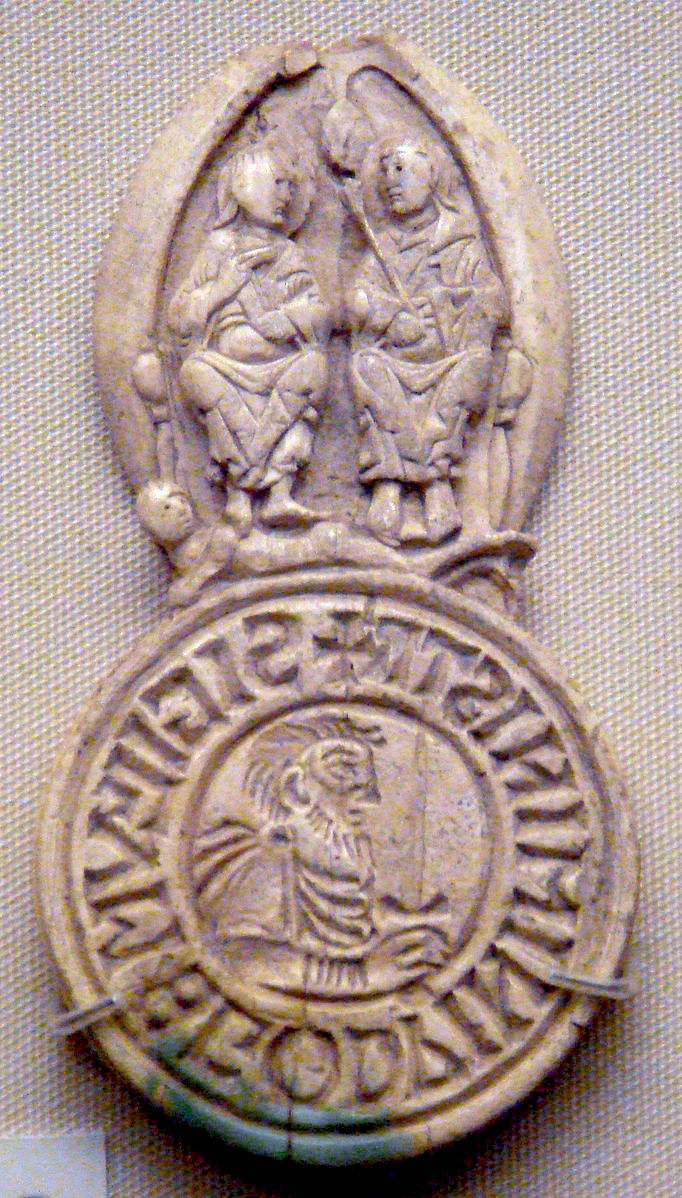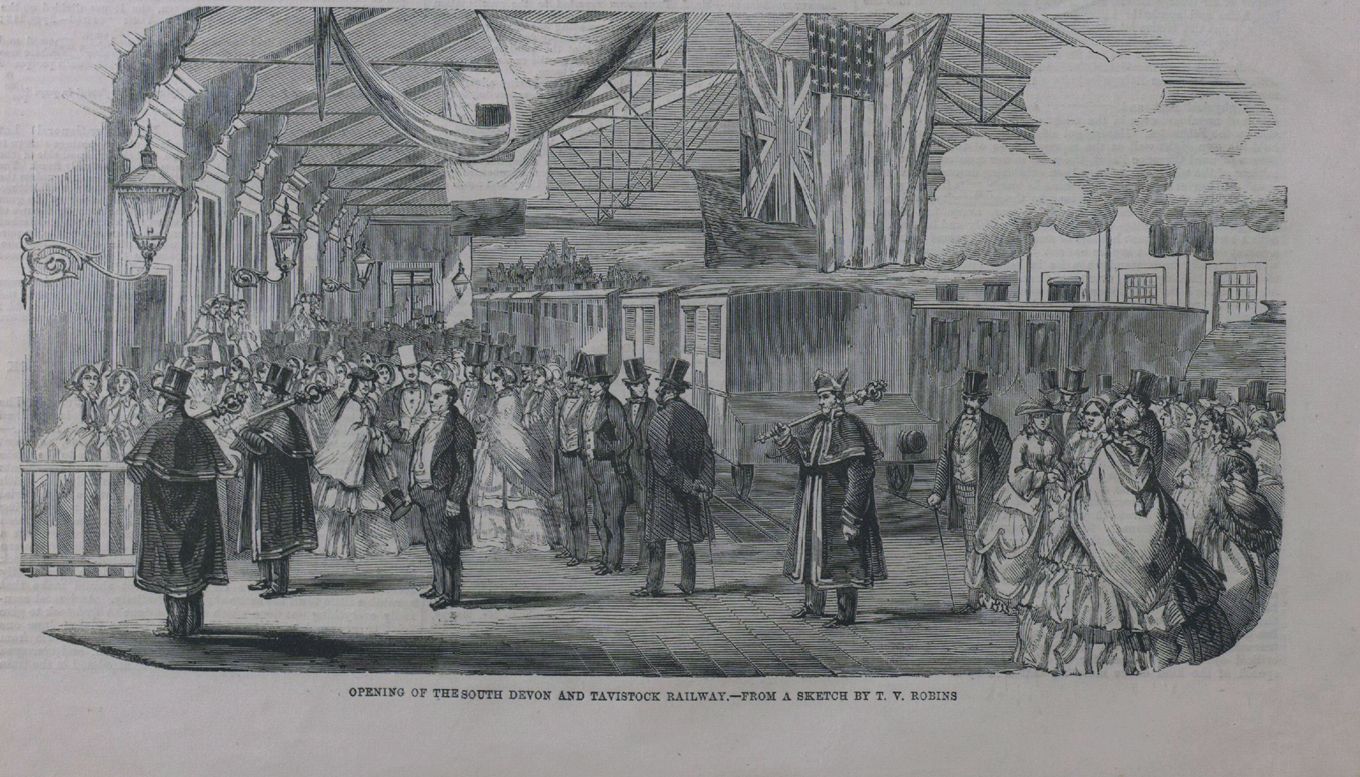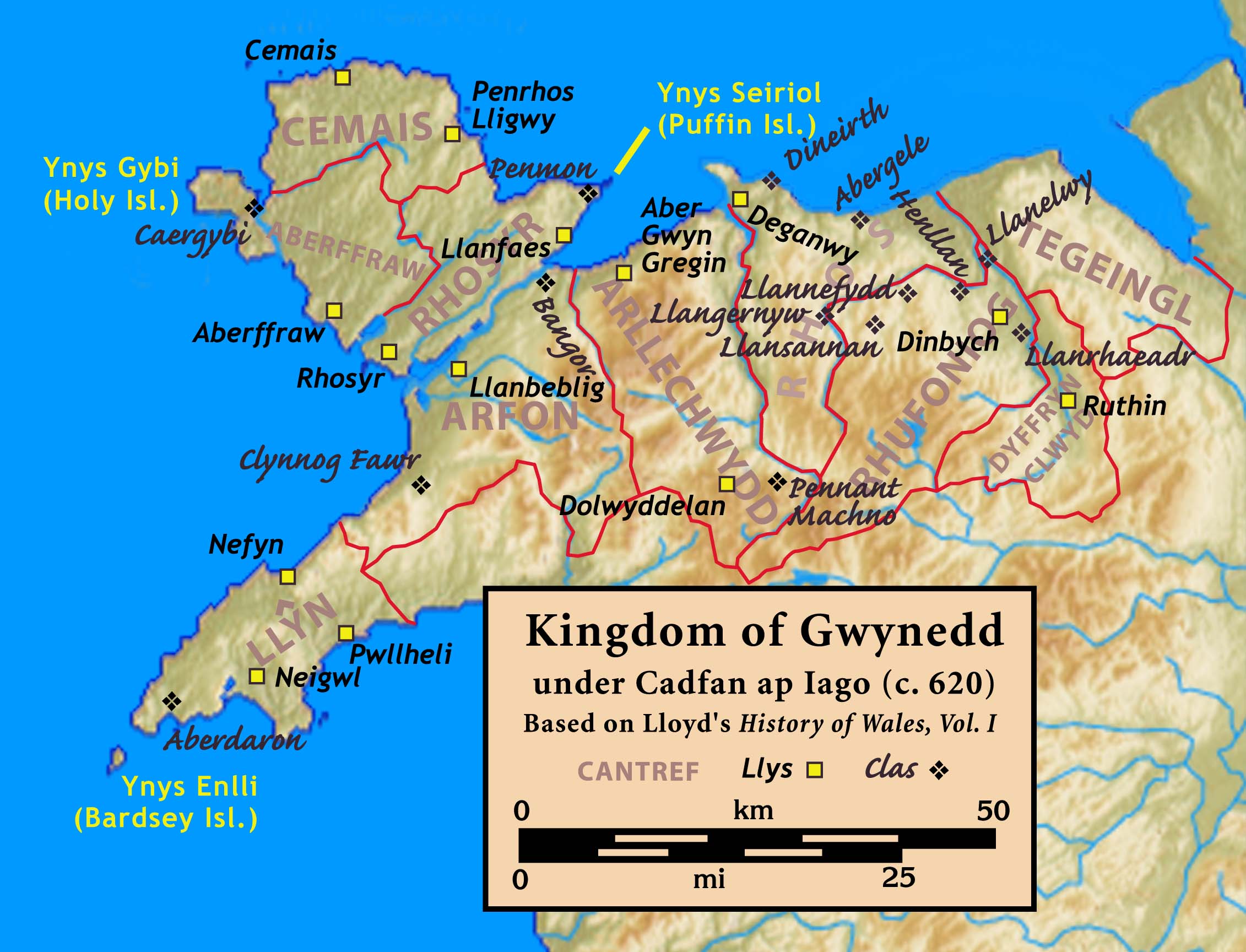|
Lifton, Devon
Lifton is a village and civil parish in Devon, South West England near the confluence of the rivers Wolf and Lyd, 1¼ miles south of the A30 trunk road and very near the border between Devon and Cornwall. The village is part of the electoral ward of Thrushel. The population of the surrounding Thrushel ward (which includes the village of Thrushelton to the east of Lifton) at the 2011 census was 1680. History The village was one of the first in the west of Devon to be founded by the Saxons, and was of strategic importance because of its location on a major route close to the border with Cornwall. It was first recorded as ''Liwtune'' in the will of King Alfred in the late 9th century when it was left to his youngest son Aethelweard (c.880-922). At a meeting of the Witan in Lifton on 12 November 931 King Æthelstan granted land to his thegn Wulfgar, and the charter was witnessed by King Hywel Dda of Deheubarth and King Idwal Foel of Gwynedd. Lifton became the centre of an admin ... [...More Info...] [...Related Items...] OR: [Wikipedia] [Google] [Baidu] |
West Devon
West Devon is a local government district and borough in Devon, England. Towns and villages in the district include Chagford, Okehampton, Princetown and Tavistock, where the council is based. The district was formed on 1 April 1974, under the Local Government Act 1972, as a merger of the previous municipal borough of Okehampton, Okehampton Rural District, and Tavistock Rural District. West Devon contains most of Dartmoor. Politics Elections to the borough council are held every four years with 31 councillors representing 22 wards. In 2013, the Local Government Boundary Commission for England initiated a review of West Devon with the aim of delivering electoral equality amongst voters at local elections, with each councillor representing a similar number of voters and with ward boundaries reflecting the interests and identities of local communities. After a consultation period, the commission recommended that West Devon should continue to be represented by 31 councillors ... [...More Info...] [...Related Items...] OR: [Wikipedia] [Google] [Baidu] |
Thegn
In Anglo-Saxon England, thegns were aristocratic landowners of the second rank, below the ealdormen who governed large areas of England. The term was also used in early medieval Scandinavia for a class of retainers. In medieval Scotland, there were local officials known as thanes. Etymology The Old English (, "man, attendant, retainer") is cognate with Old High German and Old Norse ("thane, franklin, freeman, man"). The thegn had a military significance, and its usual Latin translation was , meaning soldier, although was often used. '' An Anglo-Saxon Dictionary'' describes a thegn as "one engaged in a king's or a queen's service, whether in the household or in the country". It adds: "the word ... seems gradually to acquire a technical meaning, ... denoting a class, containing several degrees", but what remained consistent throughout was its association with military service. Origins The precursor of thegn was the ''gesith'', the companion of the king or great ... [...More Info...] [...Related Items...] OR: [Wikipedia] [Google] [Baidu] |
South Devon And Tavistock Railway
The South Devon and Tavistock Railway linked Plymouth with Tavistock in Devon; it opened in 1859. It was extended by the Launceston and South Devon Railway to Launceston, in Cornwall in 1865. It was a broad gauge line but from 1876 also carried the standard gauge (then referred to as ''narrow gauge'') trains of the London and South Western Railway between Lydford and Plymouth: a third rail was provided, making a ''mixed gauge''. In 1892 the whole line was converted to standard gauge only. The line closed to passengers in 1962 although sections at either end were retained for a while to carry freight traffic. A short section has since been reopened as a preserved line by the Plym Valley Railway. History Getting the Tavistock line authorised The Plymouth and Dartmoor Railway, a horse-worked line, had been constructed to bring minerals from quarries near Princetown to Plymouth; it opened on 26 September 1823. The South Devon Railway (SDR) built its line from Exeter to Plymouth, ... [...More Info...] [...Related Items...] OR: [Wikipedia] [Google] [Baidu] |
Second World War
World War II or the Second World War, often abbreviated as WWII or WW2, was a world war that lasted from 1939 to 1945. It involved the World War II by country, vast majority of the world's countries—including all of the great powers—forming two opposing military alliances: the Allies of World War II, Allies and the Axis powers. World War II was a total war that directly involved more than 100 million Military personnel, personnel from more than 30 countries. The major participants in the war threw their entire economic, industrial, and scientific capabilities behind the war effort, blurring the distinction between civilian and military resources. Air warfare of World War II, Aircraft played a major role in the conflict, enabling the strategic bombing of population centres and deploying the Atomic bombings of Hiroshima and Nagasaki, only two nuclear weapons ever used in war. World War II was by far the List of wars by death toll, deadliest conflict in hu ... [...More Info...] [...Related Items...] OR: [Wikipedia] [Google] [Baidu] |
Ambrosia (food)
Ambrosia is a brand of food products in the United Kingdom. Its original product was a dried milk powder for infants, but it is now mostly known for its custard and rice pudding. The brand plays on the fact that it is made in Devon, England, (at a factory in Lifton), with their original punning strapline ''"Devon knows how they make it so creamy"''. History The Ambrosia Creamery was founded in 1917 by Alfred Morris, in his home village Lifton in Devon, to make rich food for infants. He took milk from local farms, where most of the cows were the Red Ruby breed, and dried it with roller dryers. The product soon came to the attention of the British armed forces, who took significant quantities for its soldiers, still fighting in the First World War. Just prior to the Second World War, the Ambrosia creamery was the first company to start making creamed rice pudding ready in a tin. Following the outbreak of war, the vast majority of production was placed in Red Cross food parcels. ... [...More Info...] [...Related Items...] OR: [Wikipedia] [Google] [Baidu] |
Normans
The Normans ( Norman: ''Normaunds''; french: Normands; la, Nortmanni/Normanni) were a population arising in the medieval Duchy of Normandy from the intermingling between Norse Viking settlers and indigenous West Franks and Gallo-Romans. The term is also used to denote emigrants from the duchy who conquered other territories such as England and Sicily. The Norse settlements in West Francia followed a series of raids on the French northern coast mainly from Denmark, although some also sailed from Norway and Sweden. These settlements were finally legitimized when Rollo, a Scandinavian Viking leader, agreed to swear fealty to King Charles III of West Francia following the siege of Chartres in 911. The intermingling in Normandy produced an ethnic and cultural "Norman" identity in the first half of the 10th century, an identity which continued to evolve over the centuries. The Norman dynasty had a major political, cultural and military impact on medieval Europe and the N ... [...More Info...] [...Related Items...] OR: [Wikipedia] [Google] [Baidu] |
Charles Henderson (historian)
Charles Gordon Henderson (11 July 1900 – 24 September 1933) was a historian and antiquarian of Cornwall. Biography His father, Major J. S. Henderson, was half Scottish and half of the Irish family of Newenham: his mother was a Carus-Wilson from Westmorland. Both, however, were born and bred in Cornwall, and a portion of Cornish ancestry came to him through his mother's mother, one of the Willyamses of Carnanton in Mawgan-in-Pydar. He was at Wellington College for a short time but left on account of ill-health. For this reason he was frequently sent home from school for rest, and spent a large amount of his time walking over Cornwall and studying Cornish monuments and history. He collected a large number of documents from all over the county. Henderson went to New College, Oxford and took his degree with first-class honours in modern history in 1922. He was a lecturer at University College, Exeter, and afterwards at Corpus Christi College, Oxford, where he was elected to ... [...More Info...] [...Related Items...] OR: [Wikipedia] [Google] [Baidu] |
Stowford
Stowford is a village and civil parish in the district of West Devon in the English county of Devon. It is situated to the west of Dartmoor. Stowford is about 1 mile west of the village of Lewdown and about 11 miles south-west of Okehampton in Devon and 7 miles east of Launceston in Cornwall. The parish is very rural, and includes the hamlet of Sprytown. Genuki, retrieved 25 September 2013 The parish church is dedicated to and is around 14th-15th century in date.CHURCH OF ST JOHN THE BAPTIST Pastscape, retrieved 25 September 2013 ... [...More Info...] [...Related Items...] OR: [Wikipedia] [Google] [Baidu] |
Elizabeth I Of England
Elizabeth I (7 September 153324 March 1603) was Queen of England and Ireland from 17 November 1558 until her death in 1603. Elizabeth was the last of the five House of Tudor monarchs and is sometimes referred to as the "Virgin Queen". Elizabeth was the daughter of Henry VIII and Anne Boleyn, his second wife, who was executed when Elizabeth was two years old. Anne's marriage to Henry was annulled, and Elizabeth was for a time declared illegitimate. Her half-brother Edward VI ruled until his death in 1553, bequeathing the crown to Lady Jane Grey and ignoring the claims of his two half-sisters, the Catholic Mary and the younger Elizabeth, in spite of statute law to the contrary. Edward's will was set aside and Mary became queen, deposing Lady Jane Grey. During Mary's reign, Elizabeth was imprisoned for nearly a year on suspicion of supporting Protestant rebels. Upon her half-sister's death in 1558, Elizabeth succeeded to the throne and set out to rule by good counsel. S ... [...More Info...] [...Related Items...] OR: [Wikipedia] [Google] [Baidu] |
Hundred (county Subdivision)
A hundred is an administrative division that is geographically part of a larger region. It was formerly used in England, Wales, some parts of the United States, Denmark, Southern Schleswig, Sweden, Finland, Norway, the Bishopric of Ösel–Wiek, Curonia, the Ukrainian state of the Cossack Hetmanate and in Cumberland County in the British Colony of New South Wales. It is still used in other places, including in Australia (in South Australia and the Northern Territory). Other terms for the hundred in English and other languages include '' wapentake'', ''herred'' (Danish and Bokmål Norwegian), ''herad'' ( Nynorsk Norwegian), ''hérað'' (Icelandic), ''härad'' or ''hundare'' (Swedish), ''Harde'' (German), ''hiird'' ( North Frisian), '' satakunta'' or ''kihlakunta'' (Finnish), ''kihelkond'' (Estonian), ''kiligunda'' (Livonian), '' cantref'' (Welsh) and '' sotnia'' (Slavic). In Ireland, a similar subdivision of counties is referred to as a barony, and a hundred is a subdivision o ... [...More Info...] [...Related Items...] OR: [Wikipedia] [Google] [Baidu] |
Kingdom Of Gwynedd
The Kingdom of Gwynedd (Medieval Latin: ; Middle Welsh: ) was a Welsh kingdom and a Roman Empire successor state that emerged in sub-Roman Britain in the 5th century during the Anglo-Saxon settlement of Britain. Based in northwest Wales, the rulers of Gwynedd repeatedly rose to dominance and were acclaimed as "King of the Britons" before losing their power in civil wars or invasions. The kingdom of Gruffydd ap Llywelynthe King of Wales from 1055 to 1063was shattered by a Saxon invasion in 1063 just prior to the Norman invasion of Wales, but the House of Aberffraw restored by Gruffudd ap Cynan slowly recovered and Llywelyn the Great of Gwynedd was able to proclaim the Principality of Wales at the Aberdyfi gathering of Welsh princes in 1216. In 1277, the Treaty of Aberconwy between Edward I of England and Llewelyn's grandson Llywelyn ap Gruffudd granted peace between the two but would also guarantee that Welsh self-rule would end upon Llewelyn's death, and so it represen ... [...More Info...] [...Related Items...] OR: [Wikipedia] [Google] [Baidu] |




.jpg)
